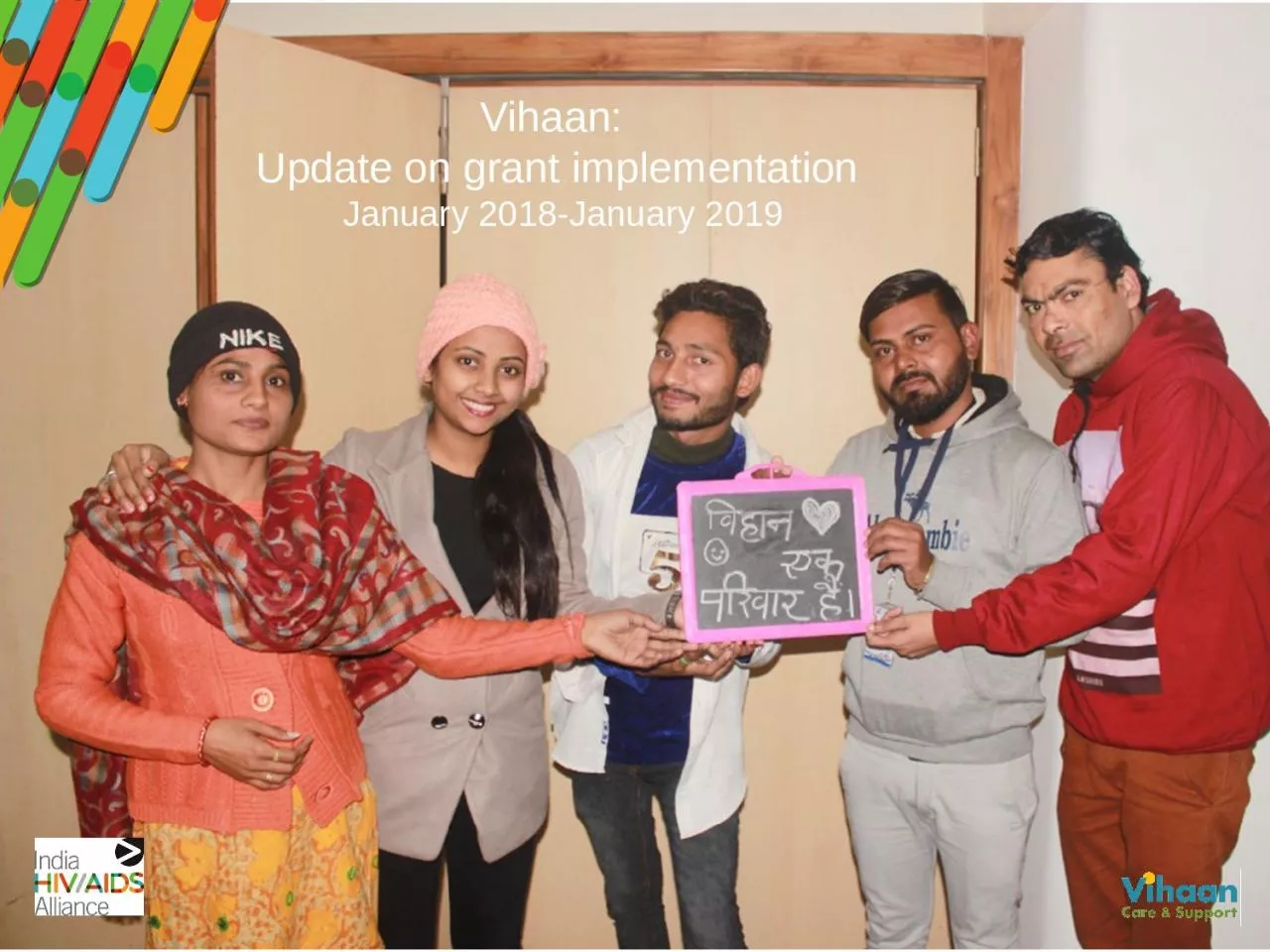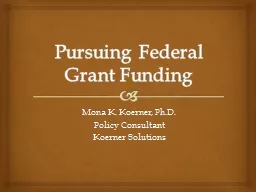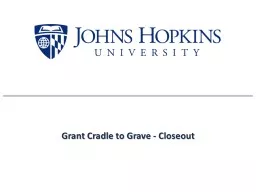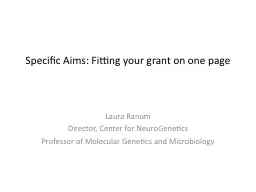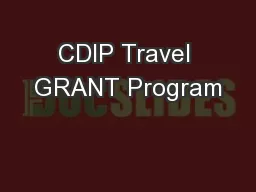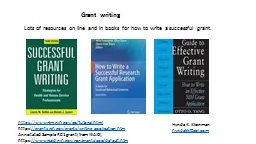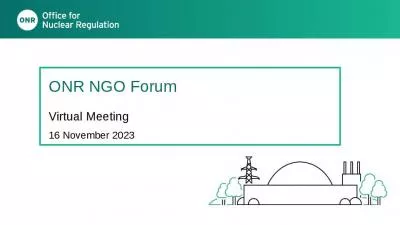PPT-Vihaan: Update on grant
Author : ash | Published Date : 2024-02-09
implementation January 2018January 2019 Vihaan Care amp Support Programme in 2018 to 2021 The guiding principles 909090 strategy and targets Differentiated
Presentation Embed Code
Download Presentation
Download Presentation The PPT/PDF document "Vihaan: Update on grant" is the property of its rightful owner. Permission is granted to download and print the materials on this website for personal, non-commercial use only, and to display it on your personal computer provided you do not modify the materials and that you retain all copyright notices contained in the materials. By downloading content from our website, you accept the terms of this agreement.
Vihaan: Update on grant: Transcript
Download Rules Of Document
"Vihaan: Update on grant"The content belongs to its owner. You may download and print it for personal use, without modification, and keep all copyright notices. By downloading, you agree to these terms.
Related Documents

